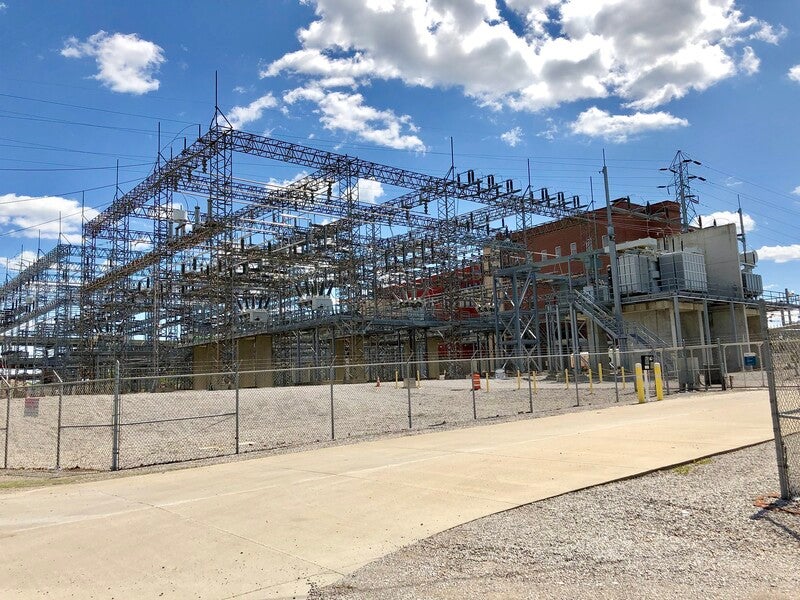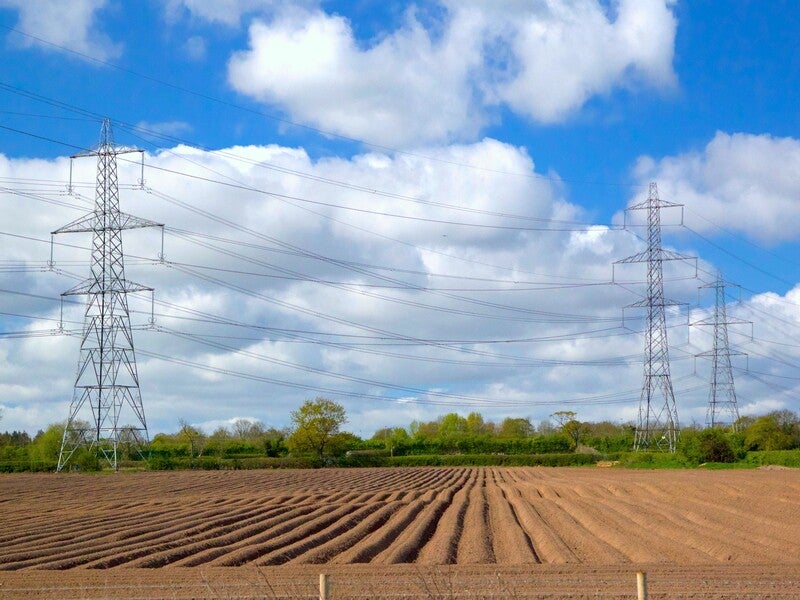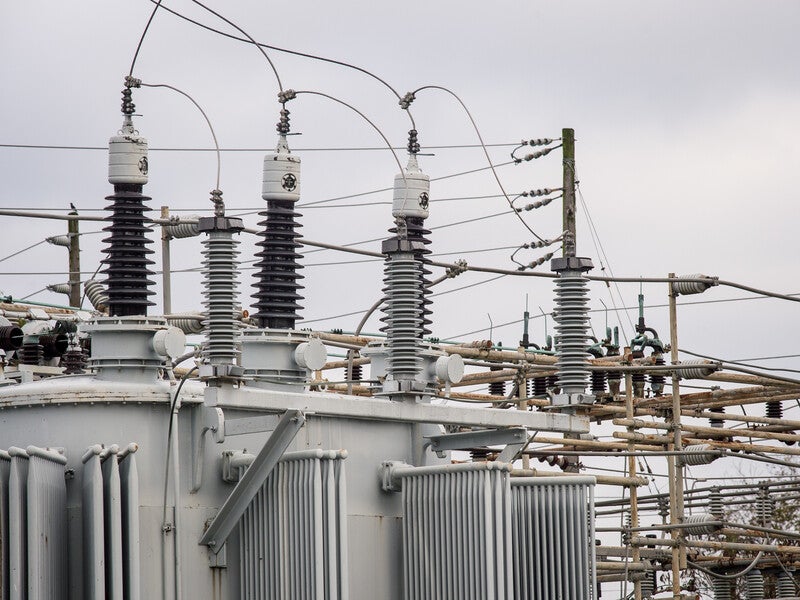The CopperString 2.0 transmission project is a proposed 1,100km high-voltage overhead transmission line to connect the electricity network of Queensland’s North West Minerals Province with the National Electricity Market (NEM) grid near Townsville in Queensland, Australia.
The North West Minerals Province is one of the richest mineral-producing regions in the world.
Estimated to cost £829m (A$1.5bn), the CopperString 2.0 power transmission project is proposed to be developed by CuString Pty.
The preparation of the environmental impact statement (EIS) is underway as per the terms of reference (ToR) guidelines released in September 2019, while the final investment decision (FID) and the start of construction works are expected in 2021.
The high-voltage, alternate current (HVAC) transmission line is expected to be operational by July 2024.
CopperString 2.0 transmission route
The CopperString 2.0 power transmission line will stretch up to 1,100km from a substation at Woodstock south of Townsville to the Chumvale substation near Cloncurry.
The project plan also includes the extension of the line westwards to Mount Isa and southwards to the Cannington and the Phosphate Hill substations to serve the needs of existing mining operations.
The main power transmission line will travel from Woodstock to Dajarra Road substation near Cloncurry and will further extend to Mount Isa through a new connection at the Chumvale substation.
The optional spur lines will be laid from the Cloncurry substation common south point (CSP) to connect the Cannington and Phosphate Hill mines.
CopperString 2.0 transmission design
The CopperString 2.0 transmission project proposal involves the construction of 803km of 330kV twin-conductor double circuit overhead transmission line network between Powerlink’s existing 275kV transmission networks at Woodstock to the existing 220kV North West Power system (NWPS) substation in Cloncurry.
The project also involves 320km of 220kV power transmission line, 1,100km of dual optical fibre ground wire (OPGW), and associated communication facilities.
The construction works will involve a 120m wide easement to accommodate high voltage electricity lines and transmission towers at a distance of 400m to 600m between each other.
Proposed substations
Two new substations, one at Woodstock and another at Chumvale, will link CopperString 2.0 line to the national electricity grid. The project will also have further options for Ross and Strathmore substations for potential connections.
Other new substations will be constructed at Hughenden, Selwyn, Cannington, and Phosphate Hill, the Dajarra road.
CopperString 2.0 pre-development funding
The Queensland Government announced fund support of £8.18m (A$14.8m) to fast-track the power transmission line project in May 2020. It followed a £652, 000 (A$1.18m) grant from the Queensland government in August 2019.
The project also received a £2.62m (A$4.75m) grant from the Australian federal government in April 2019.
DIF Capital Partners agreed to provide £2.76m (A$5m) in development funding for the project in December 2019. It also committed to providing a long-term capital investment of up to £221.1m (A$400m), once the CopperString 2.0 project reaches the financial closure.
Contractors involved
The underlying studies for the project were prepared by ACIL Allen Consulting, IZMIN, Neuchatel Partners, Soren Consulting, and KPMG.
Resource and Land Management Services (RLMS) was engaged for assistance in concept design, environmental impact assessment, environmental approval process, and the landholder consultation activities.
Golder Associates was selected for the review of route selection for the CopperString 2.0 power transmission project, while AMSTEC Design was contracted to study the transport impacts of the CopperString project in December 2010.
CopperString 2.0 project background
The CopperString power transmission line project was proposed by CopperString Pty, a special purpose vehicle between CuString Pty and Leighton Contractors in 2010.
Although the environmental impact statement was conducted earlier, it was not published due to the suspension of the project in September 2012.
The project was re-launched with the release of another initial advice statement (IAS) in February 2019. The project was declared as a coordinated project by the Queensland Government in April 2019.





